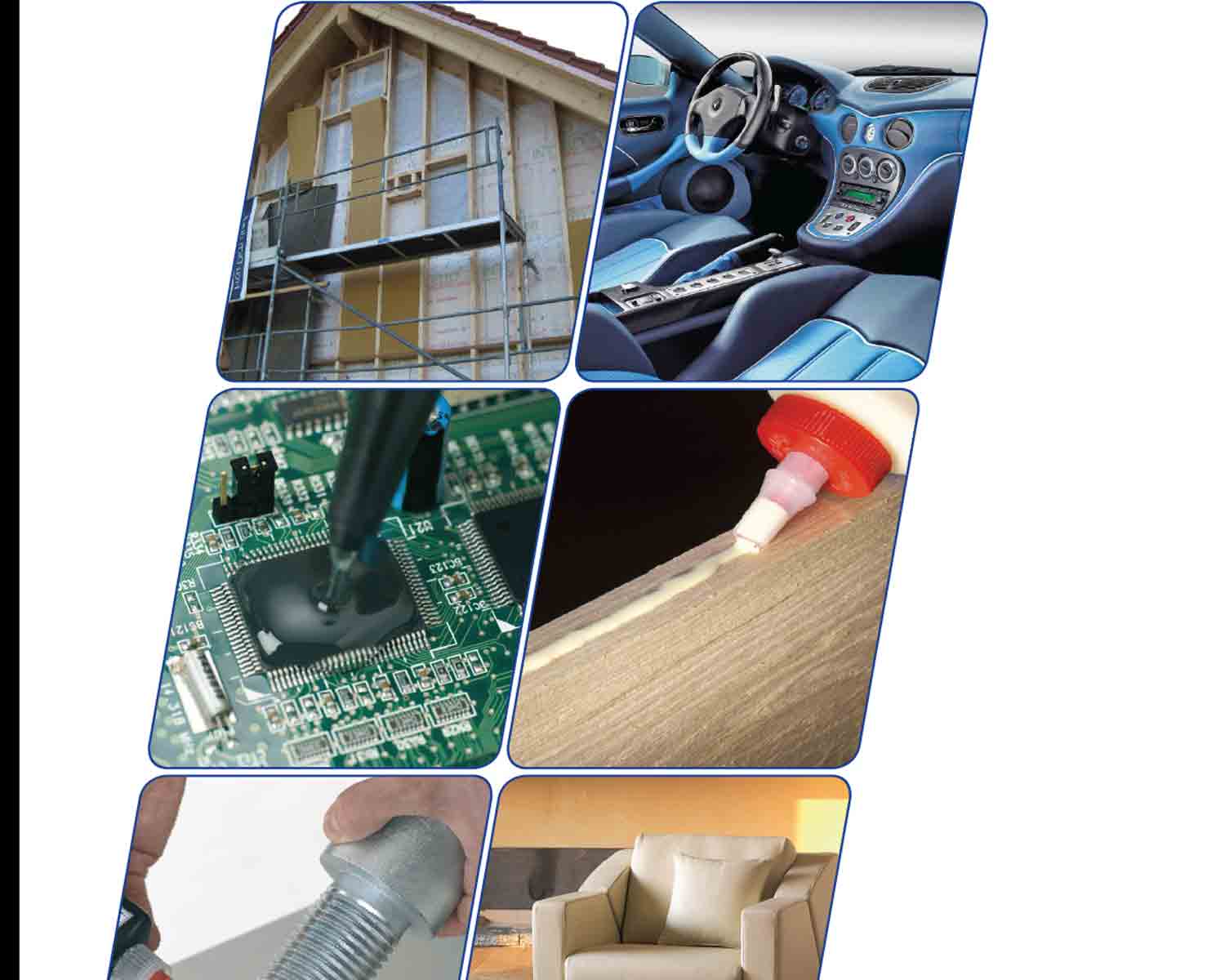
Automotive industry drives adhesive sales in Europe
Konstanz, Germany, January 20, 2021
Sales generated with adhesives across Europe are expected to grow by 0.5 per cent per year until 2027, according to a forecast made by Ceresana, which has now examined the European market for adhesives for the fourth time. In 2019, a total of around 3.51 million tonnes were utilized, it said.
“Electric motor, hybrid, or fuel cell? It is still not clear which drive system will prevail; however, it is certain that future mobility will depend on innovative joining technology. Even today, a new car contains around 18 kg of adhesives - from heat-dissipating protective layers for battery cells to lightweight chassis and crash-proof windows. Where screws, rivets, or welds were used in the past, the automotive industry is now increasingly using adhesives,” the market researcher said in its report.
Combining established and innovative materials
This study not only examines the use of adhesives in the automotive industry, where aluminum and fibre-reinforced plastics have to be joined with steel in a strain-free manner. An astonishing amount of paper is still needed in spite of digitalisation and an increasing number of plastics: The most significant sales market for adhesives in 2019 was the segment paper and packaging – with around 29 per cent of total European usage. The construction industry came in second by a slight margin. Other major application areas for adhesives are wood processing, shoes and leather, as well as other consumer goods.
Plastics with special properties
Vinyl adhesives, which offer a particularly broad range of applications, constituted the most important product type in 2019. Adhesives based on polyvinyl acetate (PVAC) are also among the most important grades. Polyvinyl acetate is additionally used to produce polyvinyl alcohol (PVA), which is likewise used as an adhesive, e.g. for porous materials such as paper, cardboard, wood, cork, or leather. The primary consumers of vinyl adhesives are the paper, packaging, wood products, and construction industries, which use mainly water-based products and hotmelt adhesives.
Looking for alternatives to solvents
Physically setting adhesives in particular contain between 30 and 60 per cent (by weight) of organic solvents, which evaporate from glued surfaces and from open tubes or bottles. Aromatic hydrocarbons are considered to be not only a fire hazard but also a health risk: Their vapours, such as those of xylene or toluene, can be addictive and are suspected of being carcinogenic and mutagenic. Alternatives that are less harmful to health and the environment are therefore increasingly sought after.
In Europe, water-based adhesives already accounted for over 50 per cent of total consumption in 2019. However, if an adhesive contains only water as a solvent, then preservatives must be added to it, which can in turn be problematic for people suffering from allergies. The study provides a breakdown of the adhesives market by technologies: water-based adhesives, hotmelt adhesives, solvent-based adhesives, reactive adhesives, and other products.
The most important manufacturers include: 3M, Bolton, Dow, Fuller, Henkel, Lohmann, Saint-Gobain, and tesa.—TradeArabia News Service







